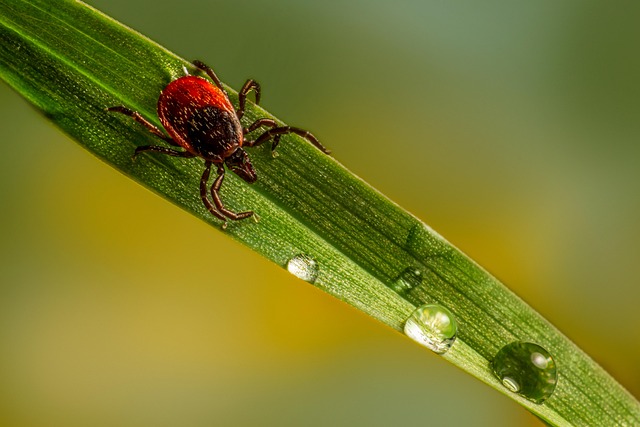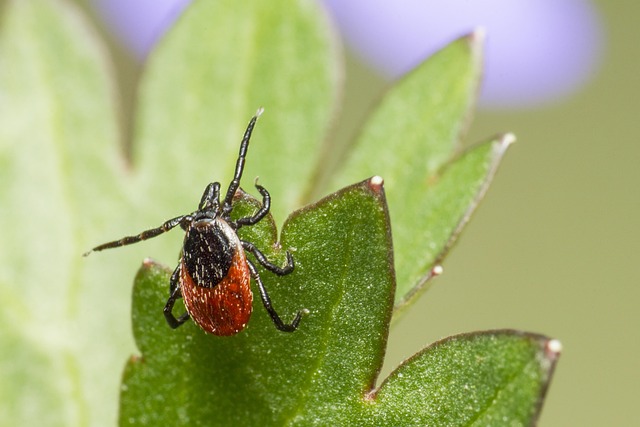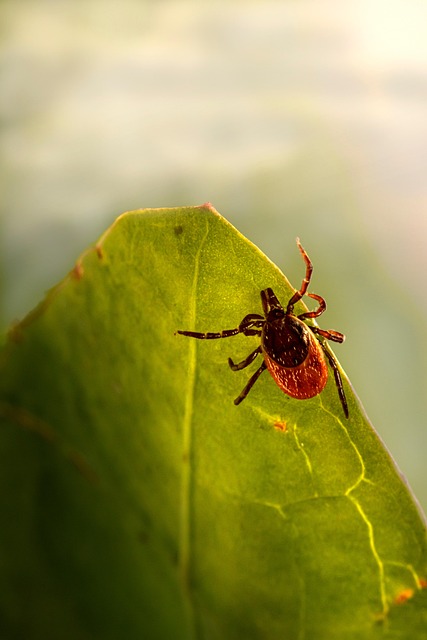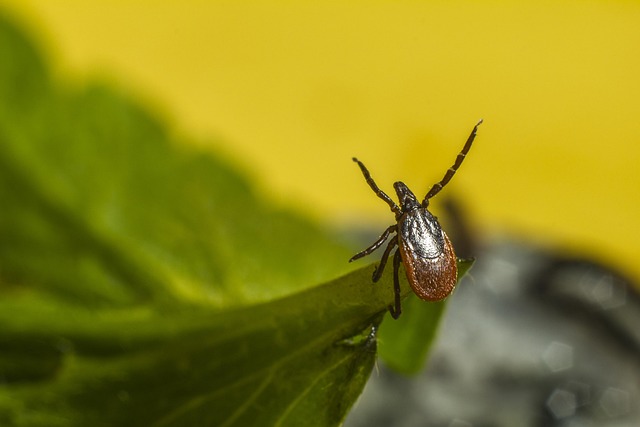Tailored Strategies: Indoor Tick Removal & Prevention for Homes and Offices

Ticks, especially American dog ticks and black-legged (deer) ticks, pose significant concerns in res…….
Understanding Ticks Prevention and Removal
Ticks are parasitic arachnids that live by feeding on the blood of hosts, which can include a wide range of animals including humans. They are vectors for a variety of diseases such as Lyme disease, Rocky Mountain spotted fever, and babesiosis. Prevention and removal of ticks are crucial for reducing the risk of tick-borne illnesses and ensuring public health and safety. This process involves strategies to prevent tick encounters and methods to safely remove ticks that do attach to a host.
Global Impact and Trends
The impact of ticks and tick-borne diseases is felt worldwide, with varying degrees of prevalence across different regions. The global trends in tick populations are influenced by climate change, human population growth, and increased travel and commerce. Warming temperatures have extended the range and activity season of many tick species, leading to a rise in tick-related cases. Regions like North America, Europe, Asia, and Australia are particularly affected, with varying epidemiological profiles based on local tick species and endemic diseases.
Economic Considerations
The economic implications of ticks and tick-borne diseases are significant. Healthcare costs associated with tick-borne disease diagnosis and treatment are substantial. Additionally, the economic impact extends to agriculture and livestock, where ticks can be a destructive force. Investment in tick prevention and removal is essential for controlling these costs and protecting both human and animal health.
Technological Advancements
Recent technological advancements have enhanced tick prevention and removal strategies. Innovations include improved diagnostic tests for tick-borne diseases, advanced repellents, and the development of vaccines. Additionally, environmental DNA (eDNA) sampling is used to monitor tick populations. The future potential of technologies like robotics for large-scale tick surveillance and genomic sequencing to understand tick vectors holds promise for even more effective tick management.
Policy and Regulation
Policies and regulations governing tick prevention and removal are critical in shaping the response to this public health issue. These include guidelines for vector control, agricultural policies affecting livestock protection, and healthcare regulations for disease reporting and treatment standards. At the international level, coordination among countries is essential for tracking and managing tick populations and associated diseases.
Challenges and Criticisms
The field of tick prevention and removal faces several challenges, including resistance to insecticides, the complexity of ecological interactions, and public complacency. Criticisms often arise from overuse or misuse of pesticides, which can have detrimental effects on non-target species and the environment. Strategies to overcome these issues include developing integrated tick management systems that combine multiple control methods, public education campaigns, and ongoing research into tick biology and ecology.
Case Studies
Several case studies illustrate successful applications of tick prevention and removal strategies. For instance, the eradication of Lyme disease in Iceland serves as a model for what can be achieved through concerted public health efforts. Similarly, targeted tick control programs in national parks have effectively reduced tick populations and the incidence of tick-borne diseases among visitors and residents.
Future Prospects
The future outlook for tick prevention and removal is promising, with ongoing research and development leading to new tools and strategies. The potential for personalized medicine to tailor preventative measures to individual risk factors is a growing area of interest. Additionally, the integration of data analytics and predictive modeling may enhance our ability to anticipate and respond to tick-borne disease outbreaks.
Conclusion
Ticks prevention and removal are integral components of public health and veterinary medicine. The comprehensive approach to managing ticks involves a combination of education, environmental management, and advanced technologies. As the challenges associated with ticks evolve, so too must our strategies for their control and prevention. By staying informed and proactive, we can significantly reduce the impact of ticks on both human and animal health.
FAQ Section
What are the most common tick-borne diseases? The most common tick-borne diseases include Lyme disease, Rocky Mountain spotted fever, and babesiosis.
How do I prevent tick bites? Prevention includes using insect repellent, wearing protective clothing, checking for ticks after outdoor activities, and keeping yards tick-free.
What should I do if I find a tick on my body? If you find a tick on your body, remove it promptly using tweezers by grasping the tick close to the skin and pulling straight up without twisting or squeezing.
Can ticks be resistant to common repellents? Yes, some ticks have developed resistance to certain insecticides and repellents, making it necessary to use multiple methods for effective prevention.
What are the economic costs of tick-borne diseases? The economic costs include medical treatment, lost productivity due to illness, veterinary care for pets, and impacts on agriculture and livestock.
How do technologies like eDNA sampling work? Environmental DNA (eDNA) sampling involves collecting samples from the environment and using genetic analysis to detect the presence of ticks or tick-borne pathogens.
What role does climate change play in the spread of ticks? Climate change can extend the tick season, expand their geographic range, and increase their population density, all of which contribute to a higher risk of tick-borne diseases.
Are there any vaccines available for protecting against tick-borne diseases? As of the knowledge cutoff date, there are limited vaccine options available for humans and none for pets. However, research is ongoing, and some vaccines have been developed for use in livestock.
By addressing these frequently asked questions, individuals and communities can better understand and manage the risks associated with ticks and tick-borne diseases.

Ticks, especially American dog ticks and black-legged (deer) ticks, pose significant concerns in res…….

In commercial spaces like offices and shopping malls, managing ticks is crucial due to their disease…….

Ticks, tiny arachnids causing significant health risks, enter homes through pets. Effective indoor t…….

Ticks, despite their small size, pose significant health risks through disease transmission via bite…….

Ticks, despite their tiny size, pose significant health risks in residential areas with lush outdoor…….

Traditional tick control methods pose risks to both people and the environment, prompting a shift to…….

Ticks pose significant health risks, prompting a focus on residential tick control. Effective method…….

Eco-friendly tick solutions, comprising natural compounds like cedar oil, permethrin-treated clothin…….

Ticks pose a significant outdoor hazard, especially during warmer months, so understanding their beh…….